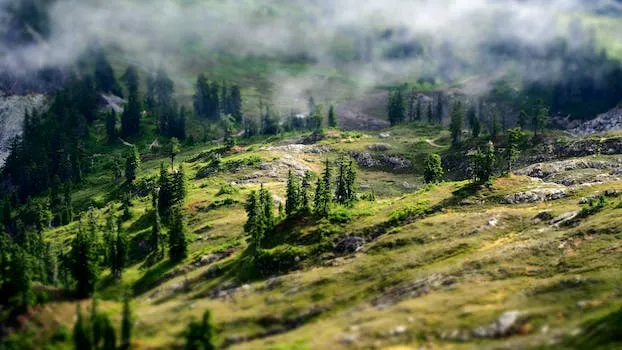
Hello steemit, its good to be here again, and I've got an interesting topic to discuss with y'all this time, and if you've been following my blog lately, you'd have noticed that I prefer making these articles in a fun and easy-to-understand- sorta way. So stick around for more of these. Pretty please. lol
How much of earth do you really know? really now...
No wild guesses here, you're either in the know or you're not at all.
so, any takers? I hope there is.

Alright, let's start off...
HOW MANY ECOSYSTEMS IS THE EARTH MADE UP OF?
Sounds like an exam question for high school students... But imagine an interviewer on a million dollar job decided to ask you that. You'd really feel like crap if you couldn't answer correctly.
Hence I sure we'd see the importance of this article, and learn to appreciate our world a bit more.
Today, I want to talk about the Earth as a system, its components, as well as their connectedness to make this circle-circle globe tick.
Earth: It's a system!
Funny how I called the earth a system eh? I mean, we know the earth as a planet, but it's not every day we get to hear or see the earth being referred to as a system.
Well yes! it is a system.
By basic definition, a system could be likened to as a complex structure, made up of a collection of individual stuff that make it work. Your regular Pc has a monitor and a keyboard, a mouse pad and all the other electronic hardware inside. Your bicycle as a system has got the wheels, pedals and chains and all... You get the Picture.
Just like a terrarium, our Earth is a closed system. And back in third year thermodynamics classes, we'd learnt that closed systems DO NOT allow the passage of matter in or out of it. However, a closed system allows the passage of energy such as heat and light.
Observing a closed terrarium, and beaming a light bulb on it, one could easily see that the light rays pass through the glass to the objects contained in it.
Little wonder why our earth (Also being a closed system, with the atmosphere serving as a shield), still get good amount of sunlight from the sun thousands of miles away.
As a closed system, soil and water cannot enter or leave earth except with the help of some human boost through technology and science.
So, back to our question. how many ecosystems are there in our Earth system?
I'll call them the:

Fantastic four: Air, Land, Water, Life!
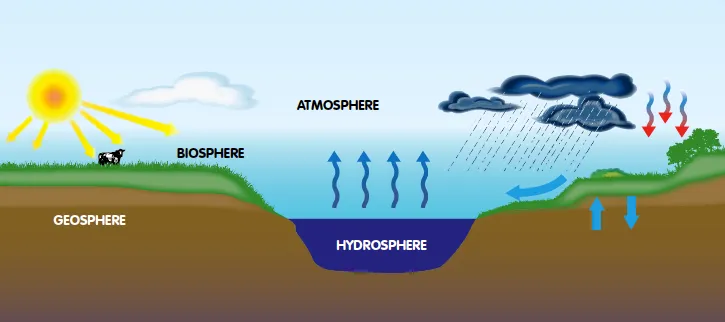
That's right, we have four components of mother Earth, and while we're seemingly oblivious to them, they are constantly working together in unison to make it a safe and beautiful place.
The four system parts of the Earth are;
The Atmosphere
The Hydrosphere
The Biosphere
The Geosphere
Each of these"Parts" of our earth's system is an open systems. Meaning that they can interact more freely with their environment, and of course each other. Open systems unlike the closed system, allow matter and energy pass in and out of it. It's easy to think of it as an open pot of hot soup... one could easily scoop out a bit of it with a plate, also, there's heat energy going out of it in the form of vapour.
Right, so let's get around to explaining these "parts" in very few and not-so-complicated words.

THE ATMOSPHERE; Sky and Air, Everywhere!
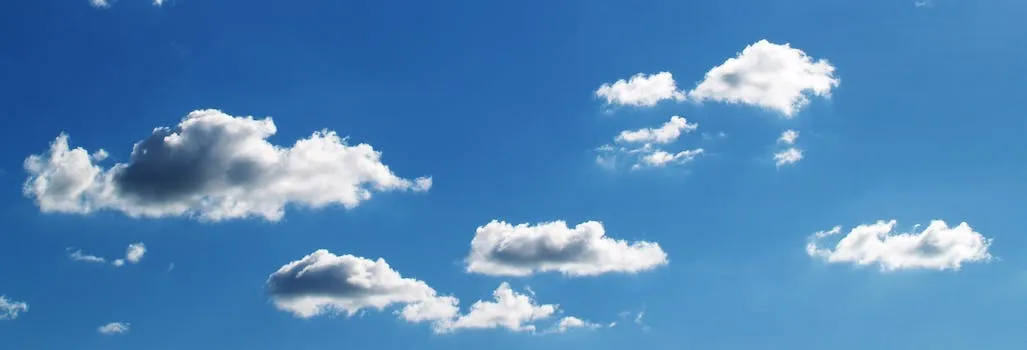 )
)
Our atmosphere consist of the sky above us. It is simply a mixture of gases acting as a shield against cosmic rays and storms that could be dangerous to life forms on earth.
Some of the gases consisting the atmosphere includes nitrogen, oxygen, carbon iv oxide, as well as helium in bits and piece, and a lot others. Nitrogen makes up a whooping 78% of the air in our atmosphere, and oxygen in air consists of a 21%.
Our atmosphere is made up of various layers measured from the surface of the earth. aside the fact that they all add up to keeping the air and protecting the atmosphere, they have varying functions.
They are:
- The Troposphere
- The Stratosphere
- The Thermosphere
- The Mesosphere
Don't you see? It's all made up.
Understanding our atmosphere and how it functions is key to explaining and predicting the various weather and changes that occur in our skies. Rain doesn't come from space, it is made up in our sky... Getting excited by solar winds in the atmosphere cause atoms of oxygen and nitrogen to glow, giving off the Aurora, meteors burn in the atmosphere to rain streaks of light in the sky.
I did a very compact blogpost on the atmosphere a few weeks ago. Feel free to refer to that article to learn a bit more on the atmosphere, in a fun and not-so-complicated-sorta-way, of course.

THE HYDROSPHERE; Where's my water!

Doesn't need much introduction - this one. After all, who doesn't need water?
Whenever we hear the term "hydro", our minds refer to water and its properties. The hydrosphere, as a "Part" of the earth, is everything that has to do with water, whether they're floating around in the sky, way underground in the soil, or "deep" as in "ocean", - Wherever!.
Water is essential to living things and for growth. whether seen in glaciers and ice caps, or streams and rivers, it makes up 70% of the earth, covering a whooping 3/4 area of the earth's surface. We have 3% of earth's waters as "fresh water" stored in glaciers and the rest as salty as the ocean.
There are Five (5) main oceans on the Earth as shown in the image below.
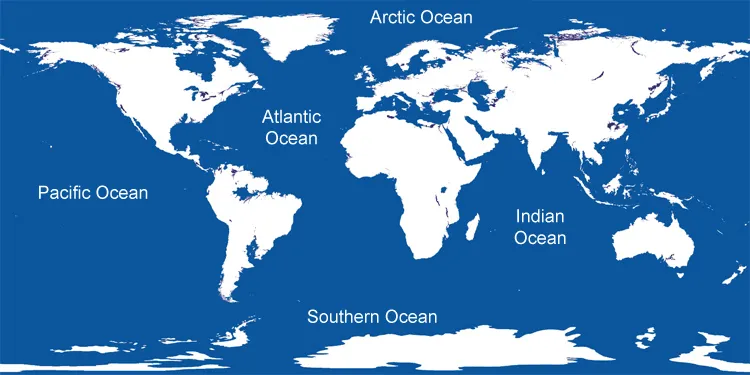
So, there you go, there's your water...

THE BIOSPHERE; I blog, therefore I exist. (cogito ergo steem?)
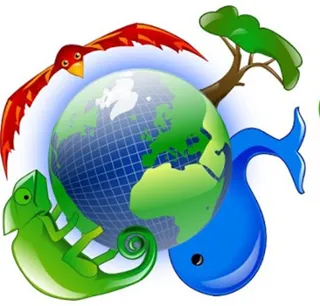
Okay, that was a bit of modern twist to the popular Rene Descartes' Quote. Not even sure if i got it right. but there's more from where that came from.
The biosphere includes all life forms on earth, regardless of their forms and shapes or habitats; whether its you and I, the gentleman in Council, the lovable Horses and friendly Dolphins, the Venus plants and the leeks in the field, the fierce Wolves, the Geese, the Flowers and Trees, the Gander, the Parrots and the endangered Pangolin -- Science says WE ARE ONE! (though, not eactly the same though).
If it possesses the characteristics of living things, as propounded in "MR NIGERD", (an acronym we use to easily recall life's characteristics), then, it belongs to the biosphere.
The acronym stands for;
- Movement: The locomotive ability.
- Respiration: The ability to breathe
- Nutrition: Feeding and metabolic processes
- Irritability: Response to stimuli
- Growth: Irreversible increase in size.
- Excretion: Removal of metabolic waste.
- Reproduction: Ability to give birth to young ones.
- Death: The tendency to end after a space of time.

THE GEOSPHERE: "Earth rocks!"

The Geosphere, simply defined is all the "Earth" on Earth. It is the largest part of the earth system, and it features every other solid and inanimate things such as rocks and mountains, the sands and volcanoes.
Several organisms (mostly underground creatures and mammals) have made the geosphere their homes. it gives a solid foundation for humans, our heavy machines and animals to walk on, the sea floor supports the ocean by holding up its water, trees could stand on the soil and grow, so that birds could build their nests on them.
The geosphere isn't just the earth's crust we live on. in fact, the crust is the thinnest part of the geosphere. It goes way deeper and hotter as it approaches the earth's magnetic core.
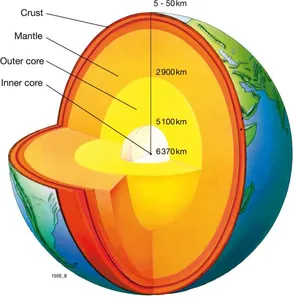
So there, we see the various parts of the earth.
The Crust: The visible part of the geosphere that we live on. it is exposed to rays from the Sun, and it is the thinnest.
The Mantle: Which is the largest part of the geosphere spans at about 2886 km. It is mostly solid but culd also behave as hot molten at times. That's because it houses the the outer and inner cores.
The Outer Core: This layer of the geosphere is fluid in nater. it is very hot and could reach a temperature of about 4000 kelvin.
The inner core: The inner core is the central part of the earth, with a temperature of up to 5000 kelvin. Basically, it is a solid ball of radius about 70% of the radius of the moon.

HOW THEY RELATE TO EACH OTHER. -- Keeping the earth in one Piece.

As a system made up of parts, these parts play some really important roles to shape and affect our planet to what is is in this present day.. how do they work together to achieve this?
Considering the atmosphere,
It is seen as a protective shield against harmful matter and energy from space. the ozone layer exists to keep refect a large amount of UV off the atmosphere. without that, we would all be sun-burnt. The atmosphere displays natural beauties like the shooting stars, the rainbow, and the aurora in our skies at day and at night, So it also is one big theatre
Also, it serves as a medium for flight (as in airplanes and birds,) and propagation of sound energy.
The atmosphere also serves as a reservoir for air which the 'biosphere' needs to survive, and it is part of the water cycle when it spills to the earth as rain.
Considering the hydrosphere,
It is a source of moisture and regulation against heat. humans and animals need water to keep their cool from time to time when the earth gets pretty hot.
Water also help transport nutrients to different places. plans need them to get nutrients from the soil (Nutrients from dead and decayed members of the biosphere.), Planktons (at the base of the food chain) and fishes in coral reefs depend on deep water currents to get nutrients from deep underwater as they could not survive there. Also, ocean currents shape our weather and climates as warm surface ocean currents blows warm air onto lands, we do not freeze out or turn into an icicle at night.
Water falls from the sky as rain, after it has accumulated over a period of time, to complete and continue the "water cycle".
Considering the biosphere,
We are life in itself, the planet would have been a lot meaningless without life forms on it. Our actions and inactions shape how our planets work. We move, we grow, we feed, we reproduce, to keep our Earth going on for centuries and centuries.
Earth's forest is seen as the "Lungs of the earth". That's is because it helps recycle useful gases that support animal life. And i'm proud to say that we are a part of this cycle too, as we take in oxygen and give out carbon (iv) oxide (CO2), plants require this CO2 for their growth, hence they take it in and give of oxygen into the atmosphere for humans and other animals to use.
Considering the geosphere,
We know we wouldnt have a habitat, a roadway or a street without it. there would be no solid base to support the biosphere, the atmosphere and the hydrosphere.
Earth would look like a bubble with everyone floating in it, or like a transparent jar of M & M cookies packed to one side.
The geosphere supports other parts by keeping it intact. the earth's core gives off a strong magnetic field that keeps everyone in position and prevents the atmosphere from escaping. it holds water, sand, people and everything we see.

Wild thought... going backwards.
Should something go wrong with our water and Air cycles, every life source on earth would die. Without water and CO2, plants would perish and our food source on the planet would reduce drastically. The herbivores would die too and our meat source would reduce. With the plants gone, no more recycled oxygen, so humans would die too, fishes take in dissolved oxygen in the water, without sufficient oxygen, they die off too. Carnivores follow suit as there are no more games to hunt or prey on.

CONCLUSION:
In summary, Earth is a typical example of a well organized and formed system.
One system, four parts, like quadrants.
We've seen how each part of this system joins forces in synergy with other parts to give colourful events and sightings that make our earth a really beautiful and exciting place to live.
Well now you know a great deal about our planet, so go ahead and ace that interview!
Yours,
@pangoli


References
